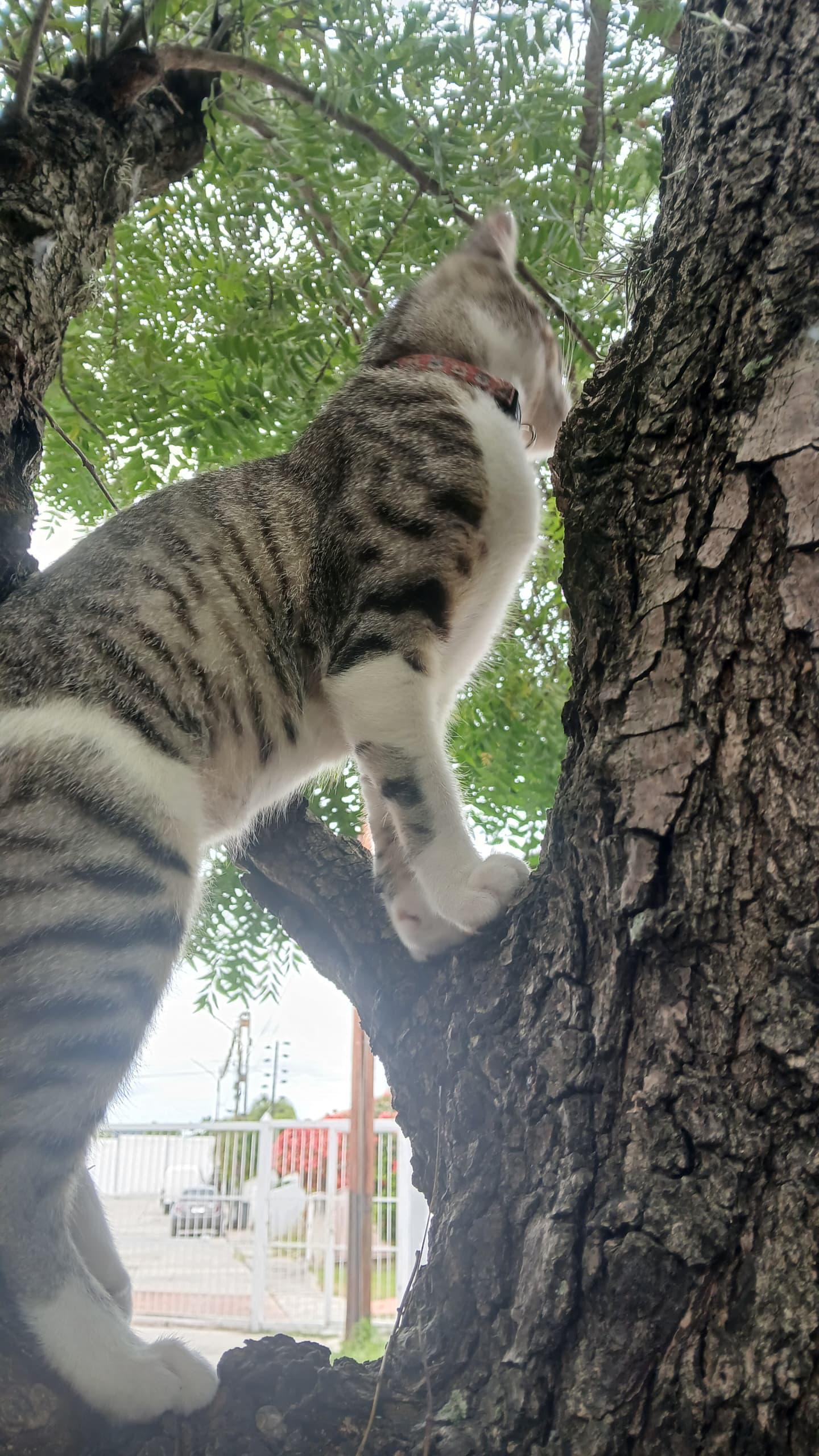Larry Ellison, owner of Oracle, CBS, CNN, and now, TikTok wants global data centralization and total surveillance: "Citizens will be on their best behavior because we're constantly watching & recording everything that's going on."
Larry Ellison, owner of Oracle, CBS, CNN, and now, TikTok wants global data centralization and total surveillance: "Citizens will be on their best behavior because we're constantly watching & recording everything that's going on."









